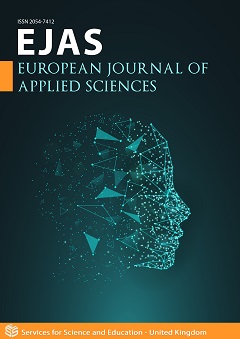Mathematical Sciences: From the Experimentally Proved Principle of the Physical Reality of Imaginary Numbers it Follows that the Invisible Afterlife World, Mentioned in All Religions, Really Exists
DOI:
https://doi.org/10.14738/aivp.125.17569Keywords:
imaginary numbers, complex numbers, hypercomplex numbers, WMAP, Planck, special theory of relativity, invisible parallel universes and antiuniverses, Multiverse, Hyperverse, portals, Gods, invisible afterlife world, souls of deadAbstract
Rightly recognized as the outstanding scientific achievement of XX century physics, the special theory of relativity (SRT) has nevertheless proved to be incorrect, because at that time there was no experimental knowledge necessary for its creation, which had to be replaced by postulates. But not everything was guessed. And this is quite natural. All new theories are always subsequently refined and corrected. However, none of the many subsequent corrections and experimental refutations of SRT was not accounted for and still is not taken into account. As a result, SRT has remained uncorrected. It is in this form that SRT is now studied in all physics textbooks, used in the educational process even in the most prestigious universities. However, a corrected version of SRT has already been created, in which instead of the in-correct principle of non-exceeding the speed of light, the experimentally proven principle of physical reality of imaginary numbers, which refuted this postulate, is used. The corrected version of SRT has allowed to solve many unsolved in the noncorrected version of SRT problems. And from relativistic formulas of the corrected version of SRT follows the existence of numerous mutually invisible parallel universes. In the corrected version of SRT also it is explained that these invisible universes about which it is spoken in all religions, and are invisible afterlife world in which Gods and souls of dead dwell.
Downloads
Published
How to Cite
Issue
Section
License
Copyright (c) 2024 Antonov A. A.

This work is licensed under a Creative Commons Attribution 4.0 International License.






